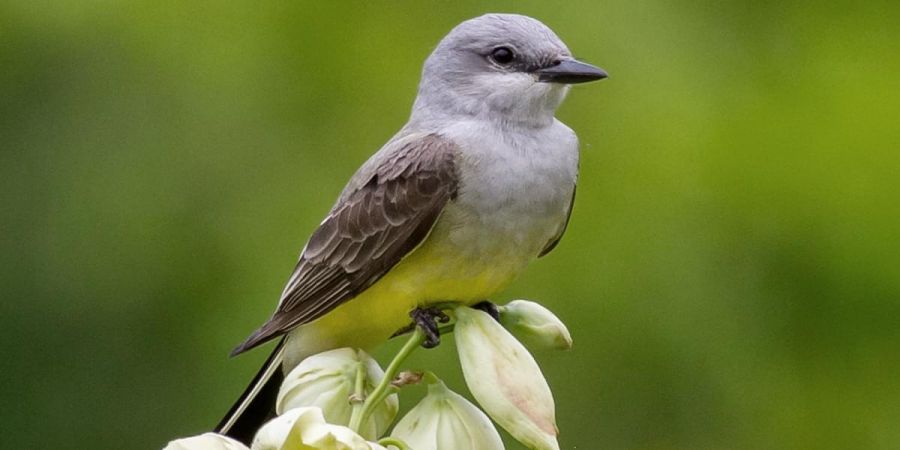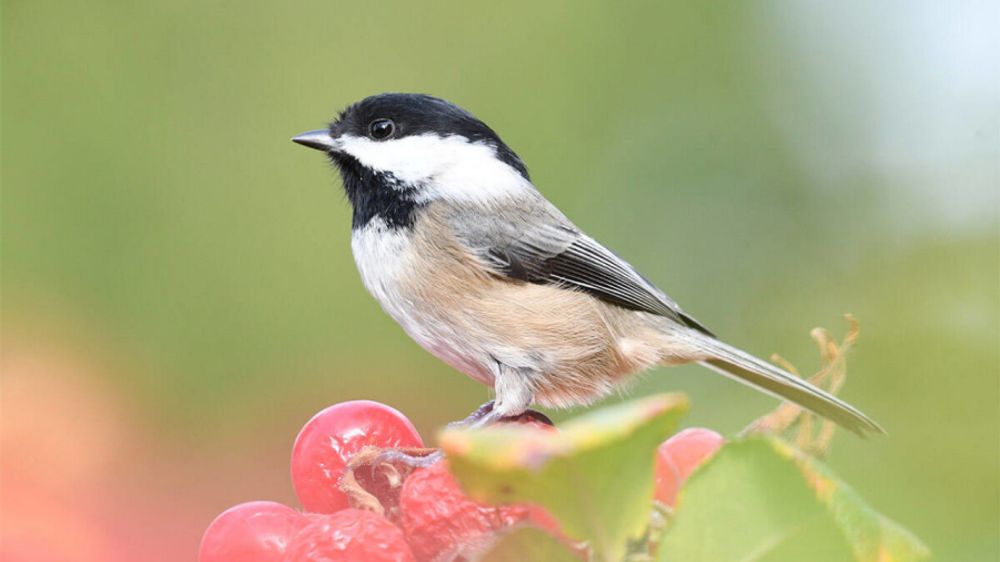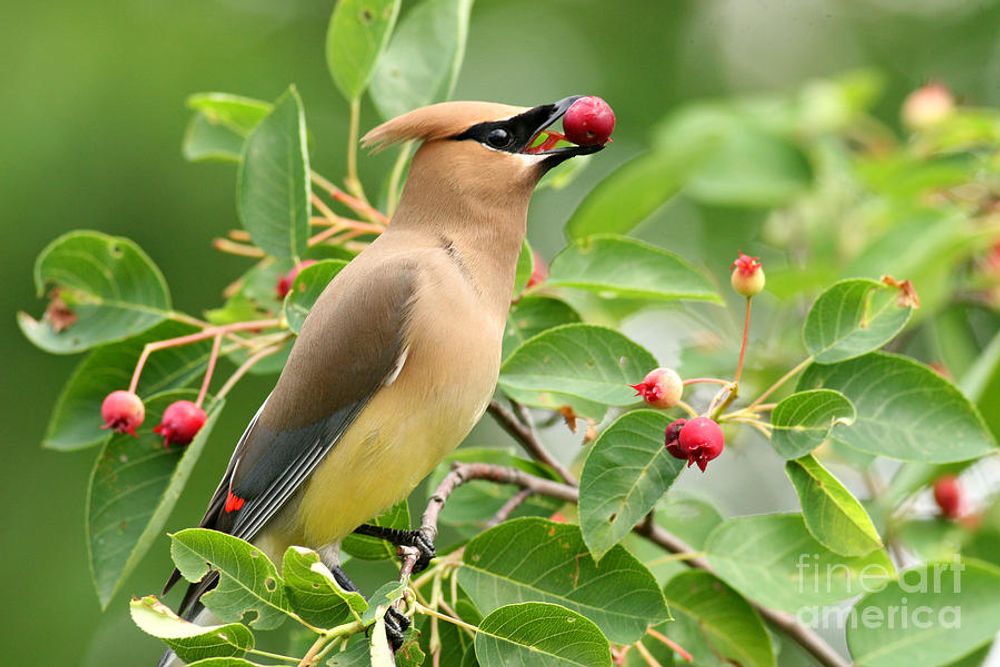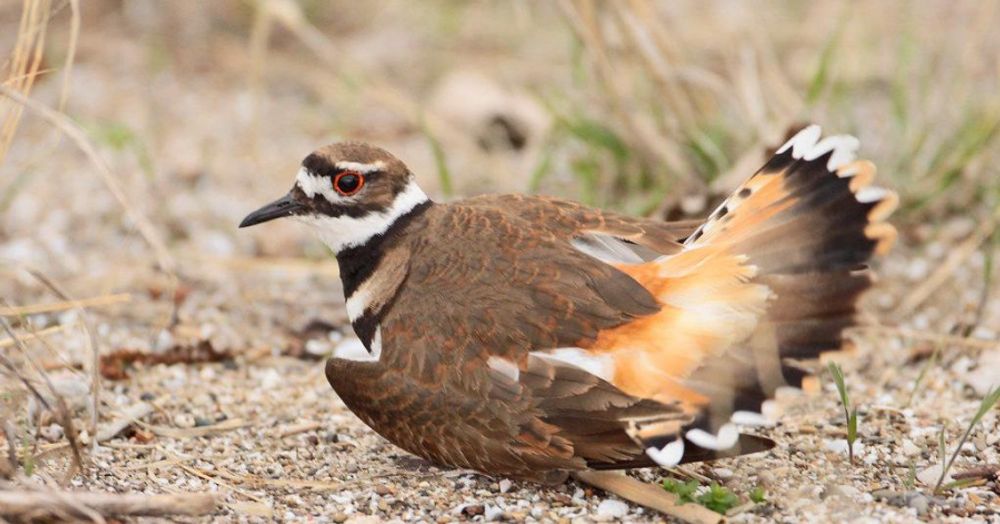

Focus on four keys to identification before attempting to identify an unnusual bird.
with over 800 species of birds in the United States and Canada, it's easy for a novice bird watcher to become overwhelmed by options. Field guides appear to be crowded with similar-looking birds grouped in what appears to be a random sequence we can assist you in determining where to begin.
First and foremost, where not to begin. Many ID suggestions depend on field marks, which are minute characteristics of plumage such as a Ruby-Crowned kinglet's eyering or a killdeer's double breast band. While these suggestions are helpful, they imply you've already reduced your search to a few species that are comparable.
So, to begin, learn to rapidly indentify which category a mystery bird belongs to. you may accomplish this in two ways: by being familiar with the basic shape, colour, and behaviour of birds, and by maintaining of birds are most likely to be seen in your area and at what times of year.
To clinch certain IDs, you'll need to look at field marks-a wing bar here , an eyering there. These four keys, on the other hand, can swiftly guide you to the correct group of species, allowing you to pinpoint which field marks to look for.

Tiny bird with large head, plump body, narrow tail and short bill
White cheeks contrast with a gleaming black cap and throat. Buffy sides; silly grey wings and back
Busy, acrobatic , and frequently feeding flocks of a variety of species
Forests, woodlots, backyard, and shrubby areas; linked with deciduous trees in the western United States.

A sleek song bird with a swept- back crest, plump body and square- tipped tail
Gray-whit brown with a yellow belly and red and yellow highlights on the wings and tail
Busy, acrobatic, and frequently feeding flocks of a variety of species
Woodlands, orchards,parks, and treed suburbs.

A large plover with large bills, large eye, and round head; long legs
Golden brown above with two dark bands a cross the white breast
With a horse kill- deer call, it sprints along the ground or takes to the air in stiff-winged flight
Parking lots, lawns, and driveways are examples of open grassy and Rocky regions, frequently far from water.

A small , compact , fairly flat- headed sparrow with a long, notched tail
Crisp, frosty gray-white below, striking rufous cap with black line through eye
Frequently in flocks; eats on open ground and sings from high in trees, usually evergreens
Open woodlands forests with grassy clearings, parks, roadside ditches and yards are also suitable habitats.
